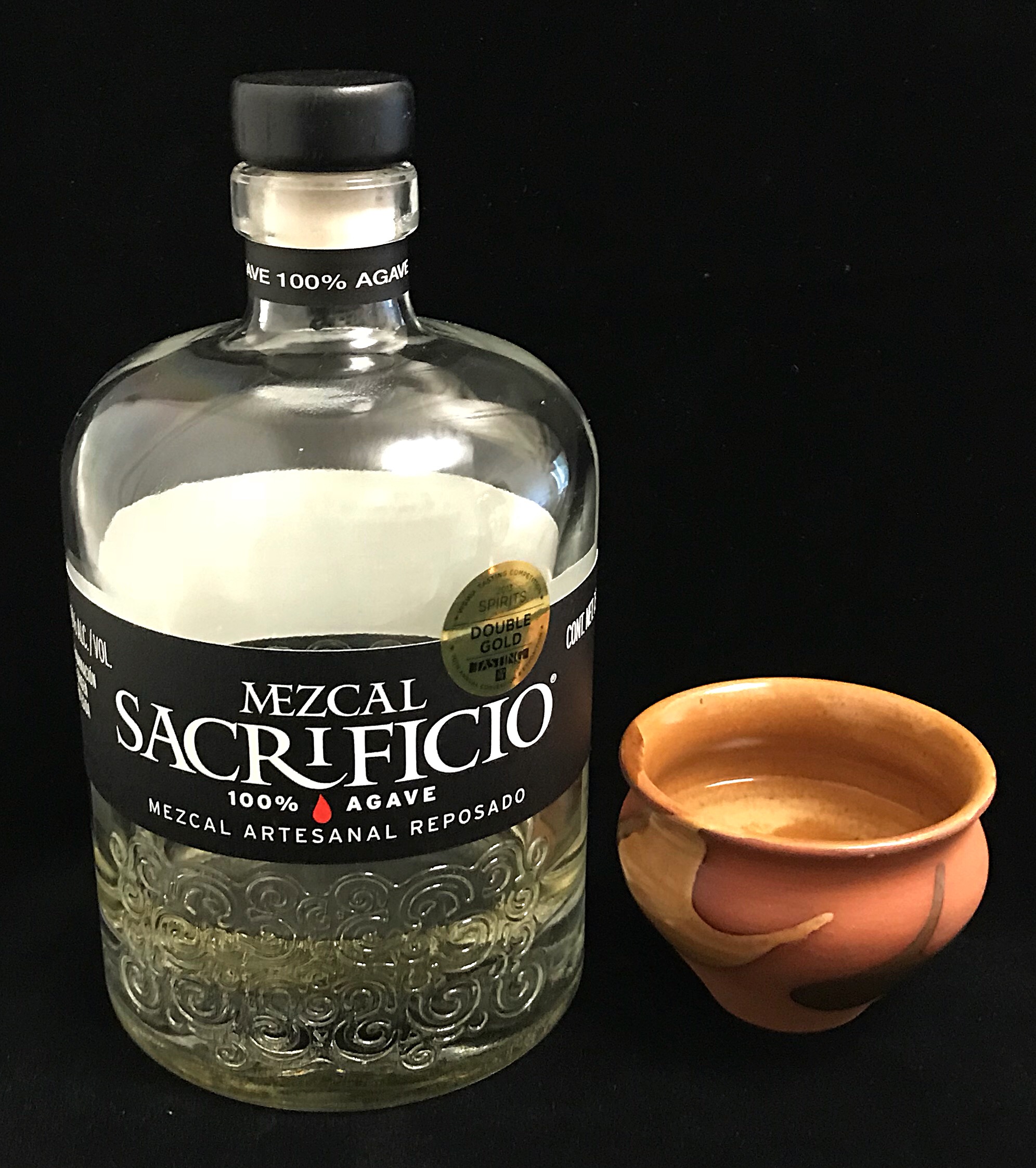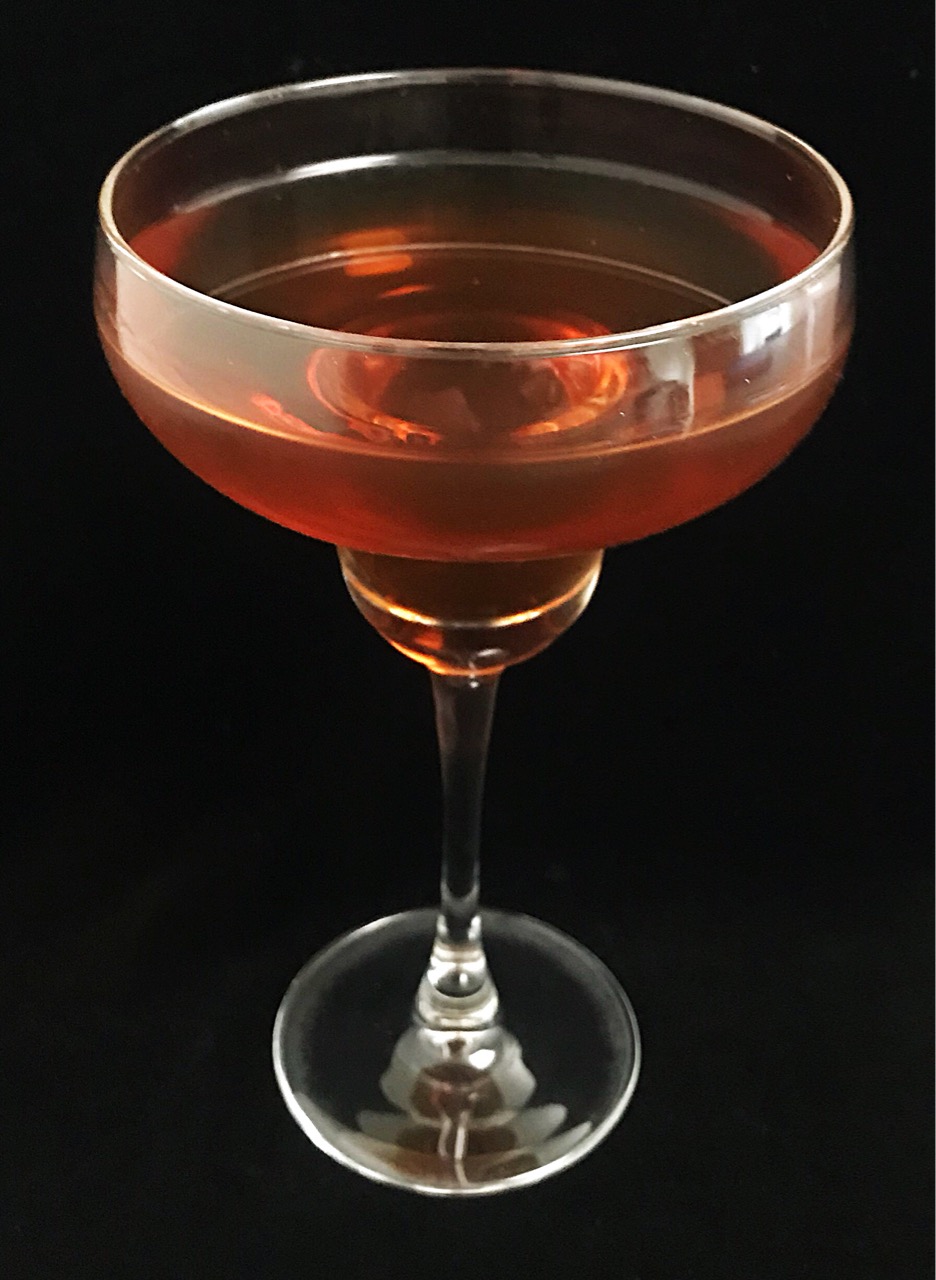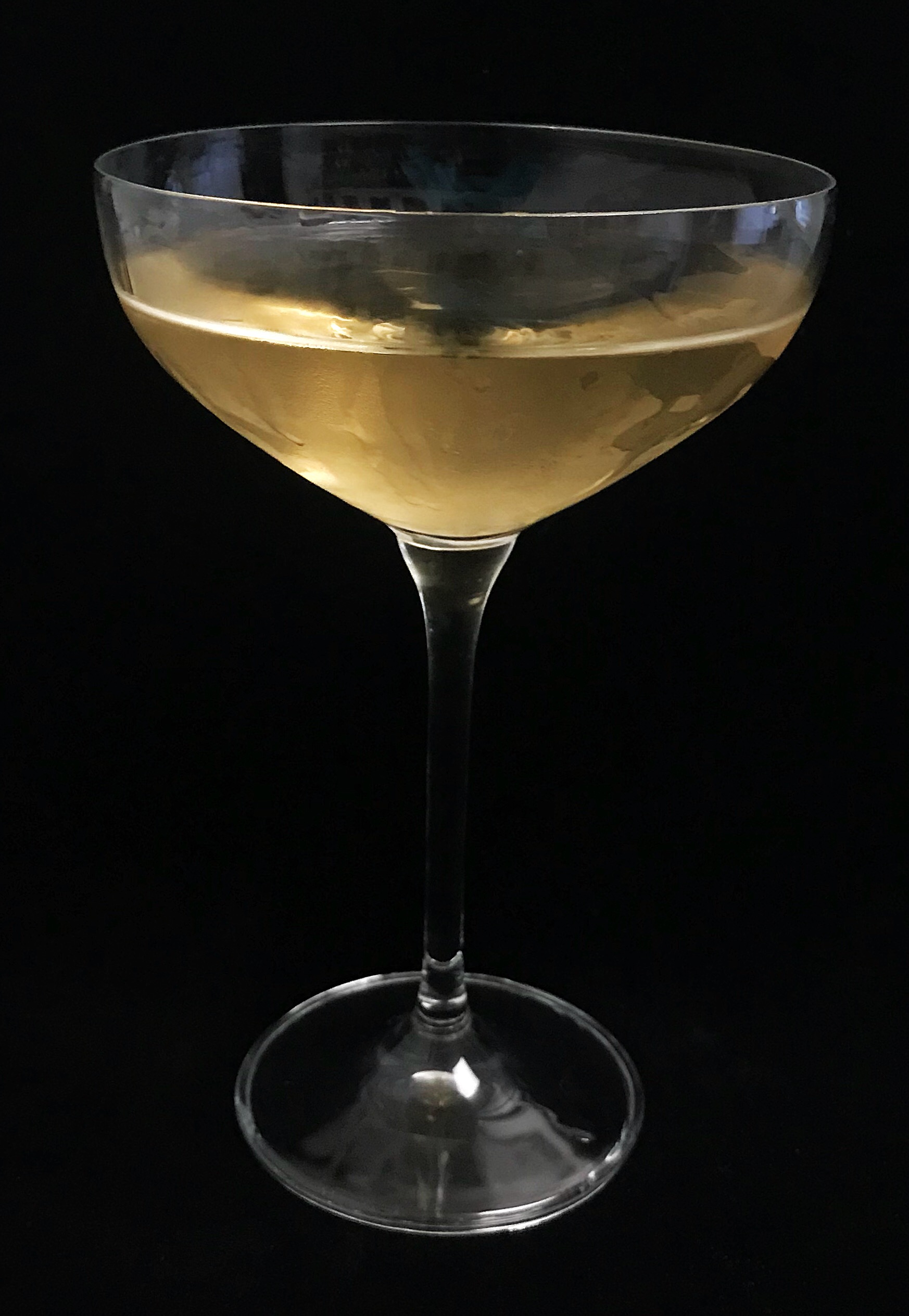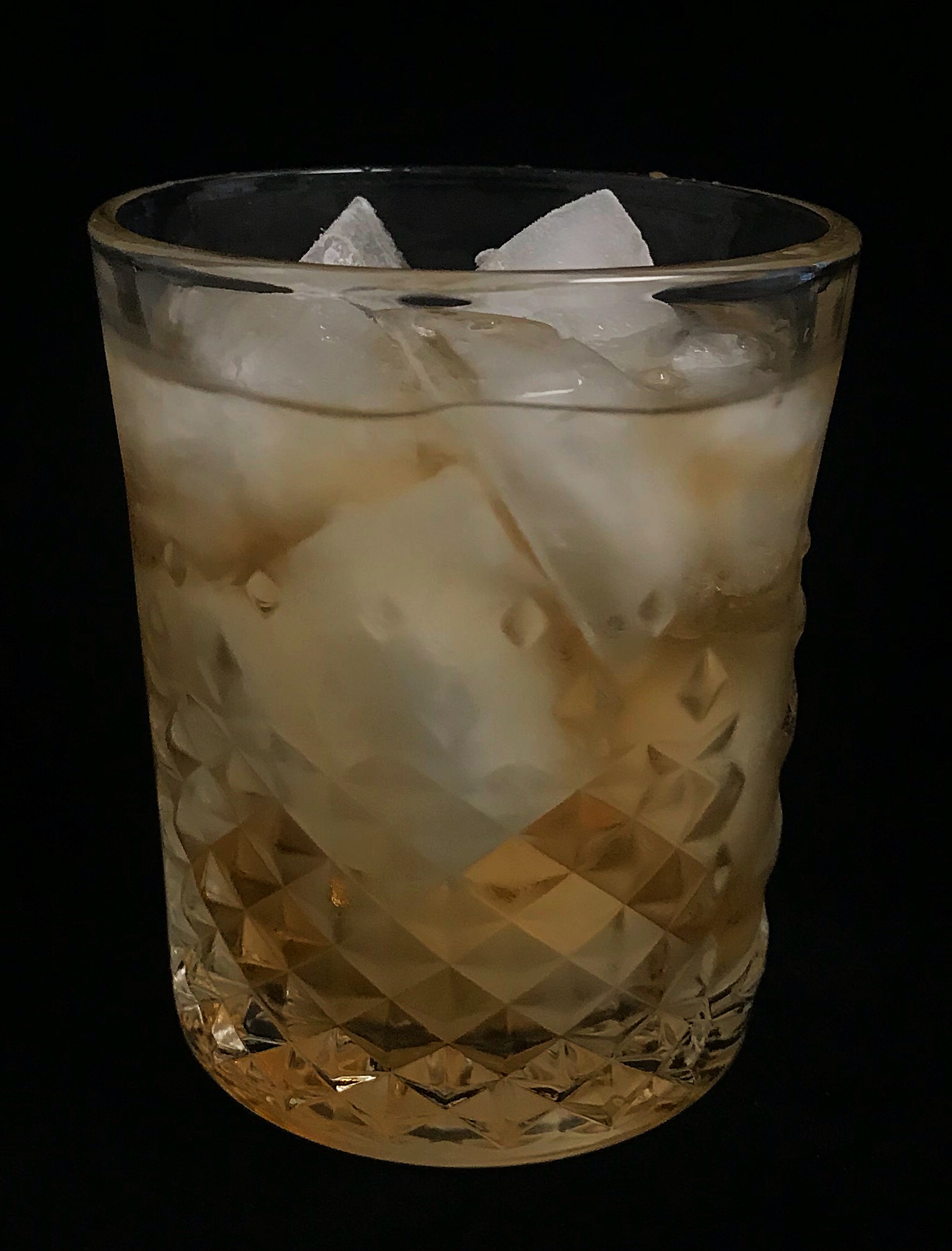Friday evening decompression…Faysal’s poetry
“Jo bhi dukh yaad na tha, yaad aaya
Aaj kya jaane, kya yaad aaya
Yaad aaya tha bichhadna tera
Phir nahin yaad ke kya yaad aaya.”
Roughly translated…(Avinash, care to take an alternate crack?)…
“All the forgotten sorrows, came back to me today
Who knows what all I remembered today
Memories flooded of your separation from me
I can’t remember what all I remembered after that”
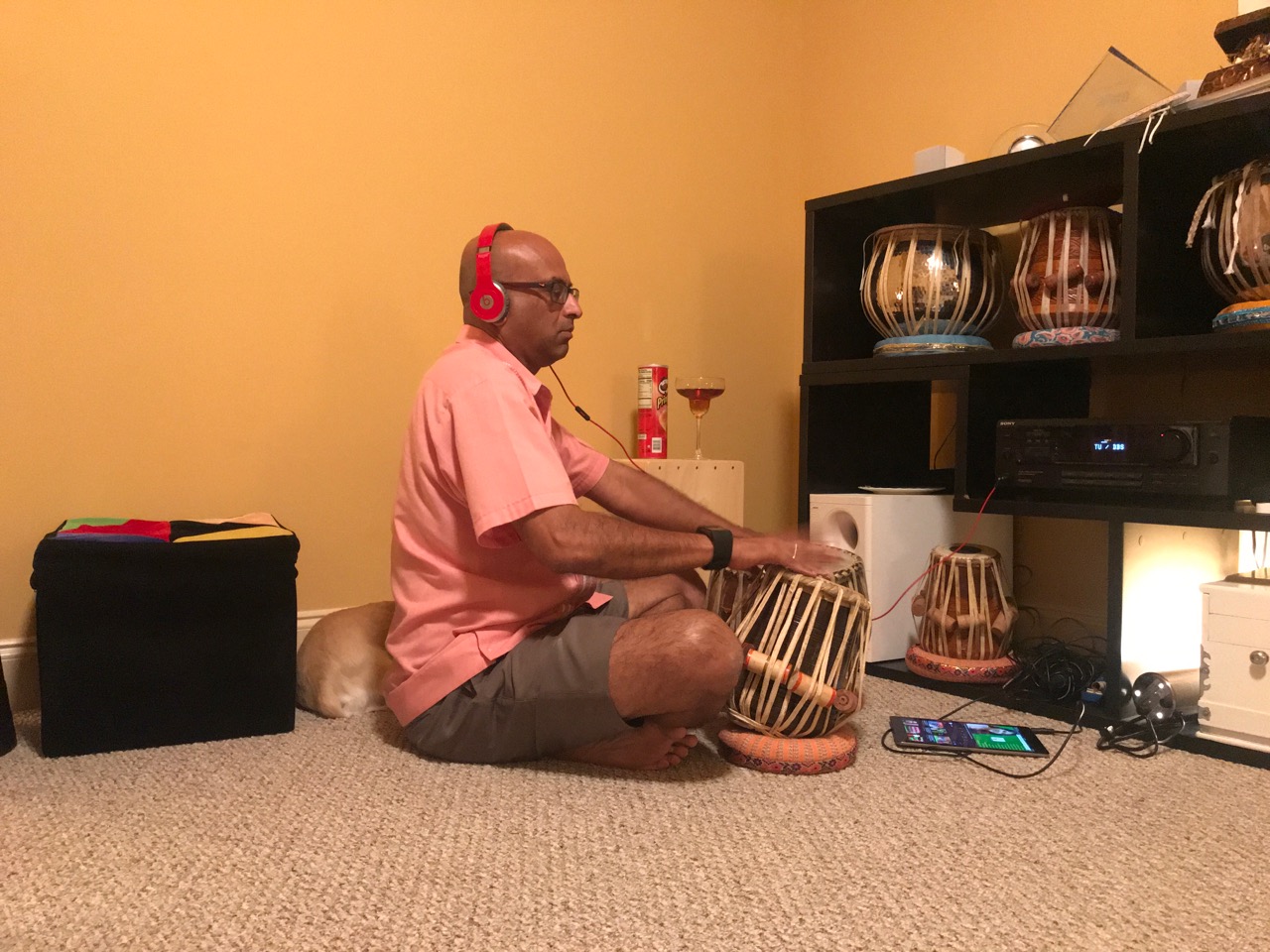
From the bartender’s corner: Challa-Days
BBC headline: “Lost gold ring found on carrot dug up for dinner”
Some interesting and uncommon measurement units.
How many of these do you know? Google up the ones you did not know. It is a lot of fun to learn about about the names came about. If you are too lazy, I will post the answers tomorrow…
What do the following measure and how are they defined?
1. Donkey Power
2. Wheaton
3. Helen
4. Garn
5. Hobo Power
6. Mickey
7. Dol
8. Crab
9. Beard-second
10. Barn
Adding a bonus question – What is a New York Second?(remembered that after reading Narayan’s comment about cab rate)
Got stuck on a sticky note
Normally, when she goes out of town, she stacks up the refrigerator with all sorts of food cooked for the week with sticky notes on each container declaring the contents. Without those sticky notes, I kind of have a reputation for “depth first search”. Which means, I will take the nearest container and eat whatever it has – whether it was meant for me or not – for every single meal, till it finishes. Then I would move to the container behind it.
This time has not been any different. All those delicious dishes she has cooked for Nikita and I are all cleanly stacked and marked with post its inside the refrigerator.
That being said, I have to admit that the salmon this time has been a little drier than usual. Try as I might, it just “wooden” go down well 🙂
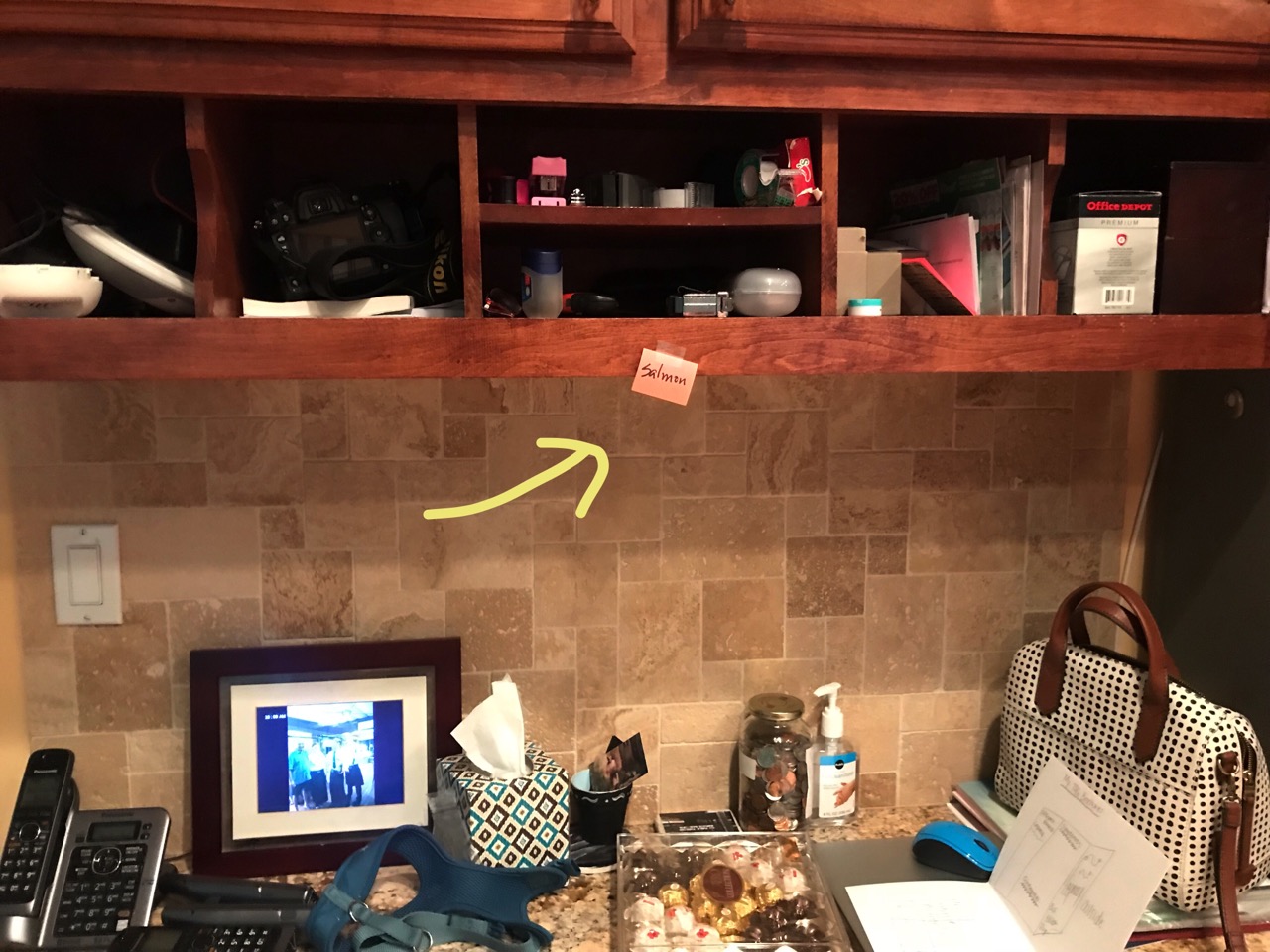
From the bartender’s corner – Barkeep’s Whimsy
Running is a close second…
As much as I love running with Nikita (to the extent that I will often run twice in a day to make sure I can join her), nothing tops doing math together.
School has started. And so has our sitting together with a few pieces of paper and a math book. Right now, her school has her attending math classes two grades higher than her actual grade but what I like most is doing math problems from outside the school curriculum.
I am always amazed and impressed by the difference in which math was taught to us versus how they learn it in the US. Even now, when I see how my nephews learn math in India, I realize that the focus is on the formulaic part – with a lot of tests.
Kids in US seem to be lot more focused on actual application of the math concepts. They are more worried about if the kids can translate a real world problem to the correct mathematical formulation rather than solving the formula itself.
Many of the math problems for my daughter encourage them to approximate or estimate, as an example. In India, we had to come to the exact answer to the nth digit if we hoped to get full marks.
I thrived in the India system. I think I would have struggled in the US system.
In any case, this was last evening – by the pool side, understanding rotational speed and linear speed. (At some point of time we had turned the food cart – see next to the fire chimera – upside down to study the big wheels and the small wheels to check the concepts first hand).
Pure joy!

From the bartender’s corner – Mayor Rock
From the bartender’s corner – Mezcal #1: Mezcal Sacrificio (Reposado)
Region: This Mezcal is made in the Oaxaca state (where most of Mezcals in Mexico is made). The specific area where the agave comes from is Tiacolula. Disteleria Sacrificio was started only about 7 years back.
Agave: This is the 100% espadin variety of agave – which is incidentally the most common agave used to make mezcals in Mexico. Usually the agaves are picked once they reach maturity around 8-10 years.
Roasting: The “pinas” of the espadin agave are slashed and then roasted in underground pits. Mesquite wood is lit up and burnt for two days for the pinas to get roasted.
Smashing: The slushy pinas are then smashed using a big rock wheel and a mule that keeps going around in circle.
Distilling: The resulting liquid and some amount of the fiber is then distilled. It is first distilled in steel and then distilled again a second time in copper stills. By law, all mezcals have to be distilled twice. I guess use of steel in distillation explains why they say “Artisanal” in the label.
Ageing: The output at this point of time is what traditional mezcal looks like. This bottle is “reposado” – which means the mezcal was further aged in barrels (about three months) before the mezcalero decides that it is done.
This particular bottle is diluted to 40% (to cater to the US tastes – normally is much higher).
This is my first full bottle of mezcal. So, I am still growing my taste in it. I can certainly say, the earthy nose and finish is unmistakable. There is the smoky accent throughout due to the ageing as well as the burning underground. Not very stiff. Rather smooth finish.
